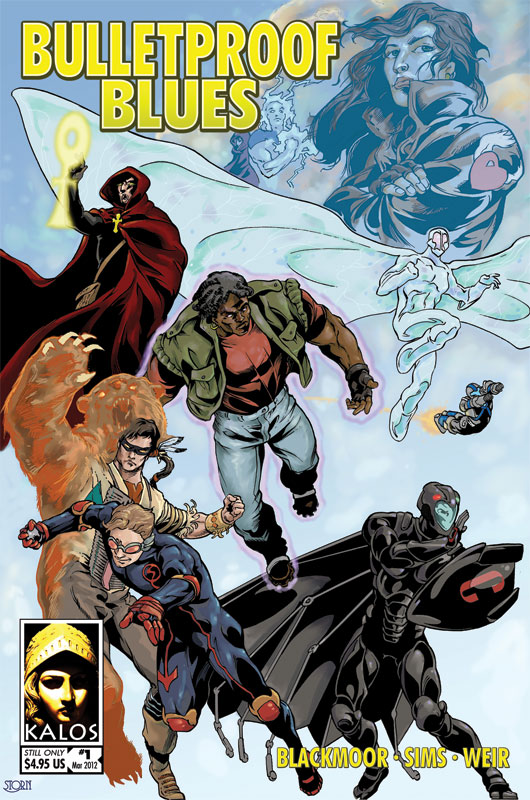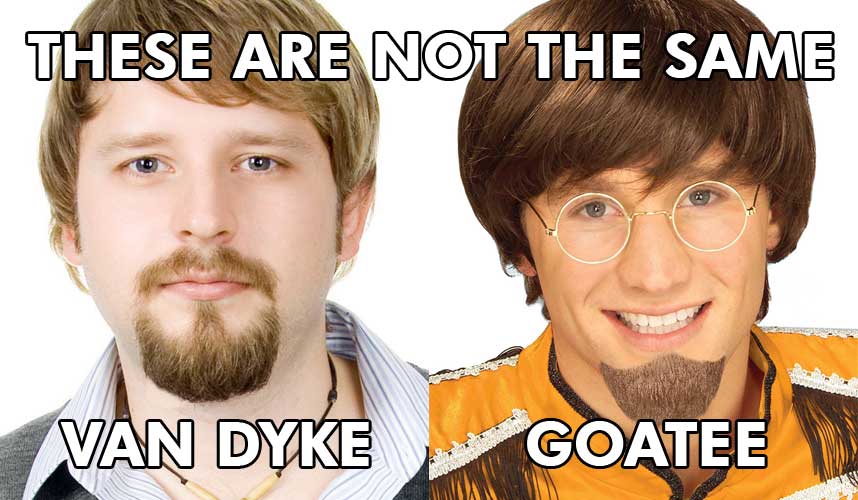Bulletproof Blues: The Kalos Universe
 I intend to have very little “setting” information in Bulletproof Blues. I want the base book to be small, inexpensive, and easily read in one sitting. However, to some degree the setting affects how we present the rules. So it’s a balancing act to provide enough setting information so that players understand the context of the game system, but not so much that they are swamped by backstory and discouraged from making the game their own, or perhaps even put off even trying the game at all.
I intend to have very little “setting” information in Bulletproof Blues. I want the base book to be small, inexpensive, and easily read in one sitting. However, to some degree the setting affects how we present the rules. So it’s a balancing act to provide enough setting information so that players understand the context of the game system, but not so much that they are swamped by backstory and discouraged from making the game their own, or perhaps even put off even trying the game at all.
Here is a section from the Introduction chapter which gives a brief introduction to the setting. What do you think? Too much? Too little? Does it spark your interest?
The Kalos Universe
Bulletproof Blues takes place in the world-famous universe of Kalos Comics, creators of Paragon (who first appeared in Amazing Adventure Magazine in 1938), Rook (who first appeared in Tales Of Mystery in 1939), Antiope, Doctor Arcane, and the rest of the Justifiers, as well as sinister organizations like Aegis and GORGON, and mysterious entities like The Bride. From the ancient ruins of Lemuria to the far reaches of the Hausdorff Dimension, the Kalos Universe is now yours to explore.
On the surface, the Kalos Universe closely resembles our own. The outlines of the continents are the same, and the names of the nations that humans have created within those borders are familiar. The names of the leaders are similar, and the organizations used by those leaders to exert power are largely the same as in our world. Much as in our own world, extremes of good and evil exist, but the gulf between them is a murky area where those of good will can and do disagree not only on the means but on the ultimate ends they seek in pursuit of a better world. However, those of good will are in the minority. Most people are morally ambiguous: they want the best for their friends and family, but are ambivalent, at best, about what that may cost others. Those who seek power may start with good intentions, or at least a benign desire for their own betterment, but power swiftly becomes its own reward. The ultimate goal of the powerful is to retain and expand that power.
In the Kalos Universe, much like in our own world, sometimes things don’t work out the way we’d like them to. Life is neither fair nor unfair, and the universe is indifferent to human suffering.
The struggle, then, is to make the best possible world with the tools at our command. Your character has great power. How will they use it?
Posthumans
The first half-dozen posthumans who made their presence widely known appeared during World War 2, as part of the Red Army fighting the invading forces of Nazi Germany. Soon after, similar groups of posthumans appeared, fighting for the Axis in Europe and Africa and for the Allies in Europe and the Pacific.
Today there are fewer than 800 posthumans worldwide. Approximately 200 of these are in North America, roughly 100 of which are in the United States. Posthumans, particularly those who originate in the Americas, have a slightly greater than average tendency to migrate to the United States.
Despite their incredible powers, posthumans have had a subdued effect on world affairs. Posthuman geniuses have made extraordinary scientific and medical discoveries, but these advances have been kept from the public until the powerful have deemed society “ready”. In some cases, a posthuman invention has been reverse engineered so that less powerful versions of the device may be gradually introduced over the course of several decades. This was the case for lasers and nanotechnology, for example. The primary beneficiaries of these scientific breakthroughs have been the governments and corporations who rule the world, and the powerful people who secretly control them.
Similarly, at the insistence of conventional authorities, posthumans have generally refrained from involvement in everyday politics and diplomacy. The exceptions to this rule have been condemned as terrorists and threats to all of humanity. This phenomenon was most evident during the McCarthy era, when a small handful of politically active posthumans calling themselves the Committee For The Advancement Of Mankind were convicted in absentia of violating the Smith Act.
The Fall Of Paragon
Bulletproof Blues is set shortly after the “Fall Of Paragon” crossover event, during which the Justifiers were killed by their former teammate, Paragon. The city of Atlanta, Georgia has been demolished, Singapore rests beneath the sea, and both the Keystone Pipeline System and the Trans-Alaska Pipeline System have been destroyed. It is a difficult time for posthumans. Posthumans have never been completely trusted by humanity, and Paragon confirmed everyone’s worst fears. Although Paragon was ultimately defeated and killed by a small team of posthumans at the Justifiers’ headquarters in Antarctica, his actions have changed forever the relationship between humanity and posthumans.
If you are unfamiliar with the Kalos Universe, you will find more information in the World chapter.
![[x]](/images/sigil_md.jpg) Blackmoor Vituperative
Blackmoor Vituperative
